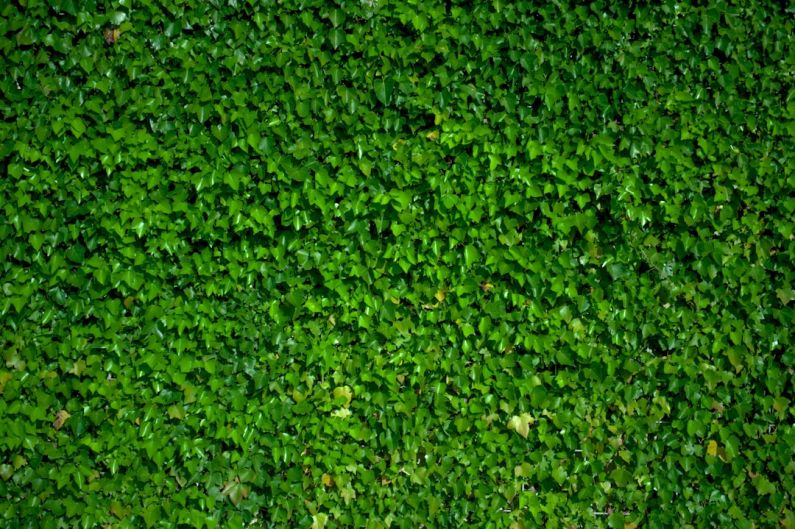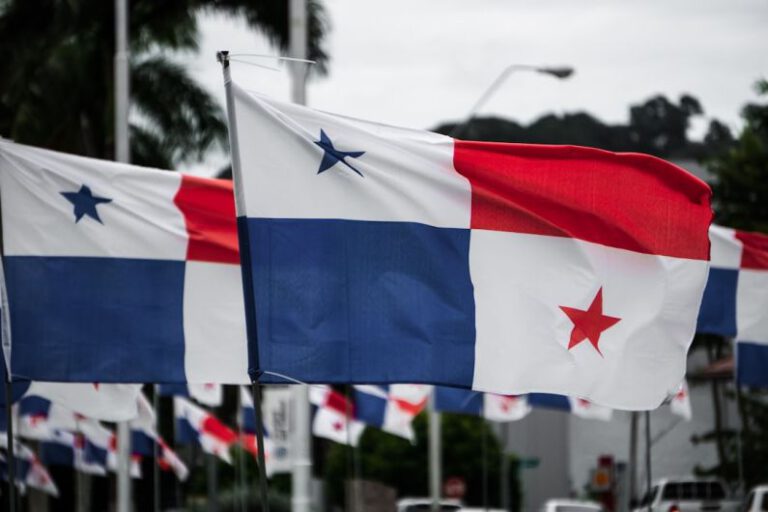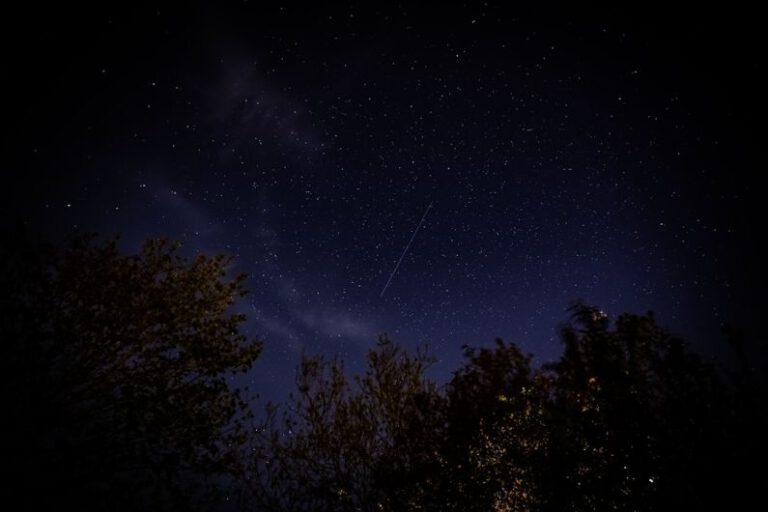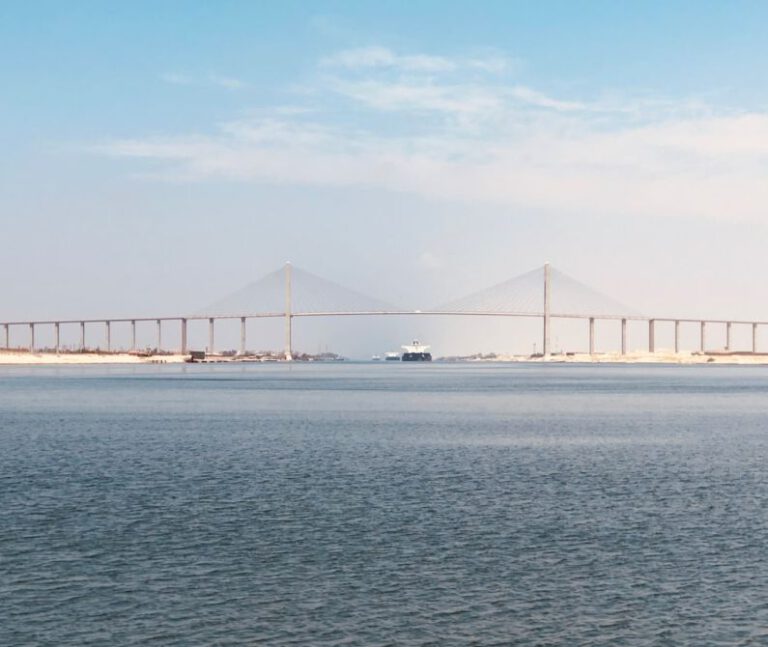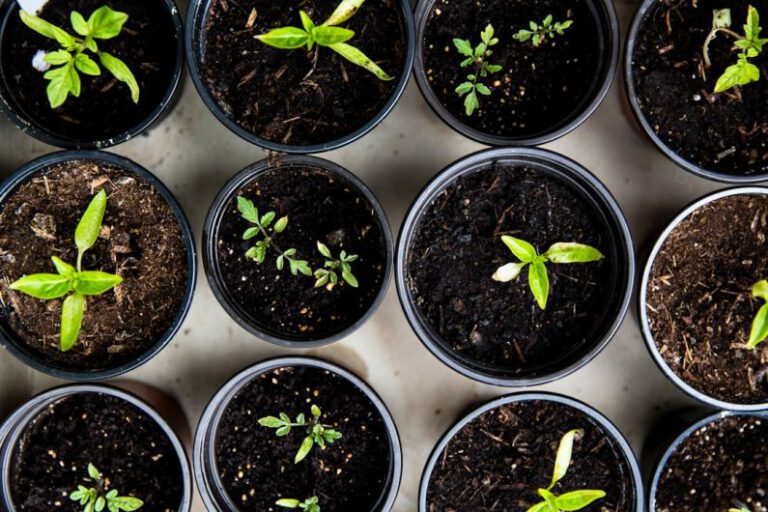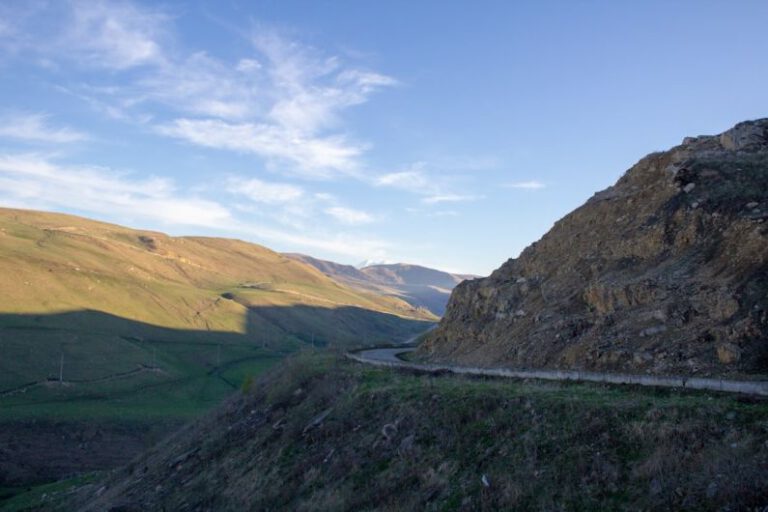The Great Green Wall of Africa: a Shield Against Desertification
Stretching across the African continent, from Senegal in the west to Djibouti in the east, the Great Green Wall is a monumental initiative aimed at combating desertification and its detrimental effects in the region. This ambitious project seeks to create a massive belt of greenery spanning over 8,000 kilometers, consisting of trees, shrubs, and vegetation, to act as a shield against the encroaching desert. With the threat of desertification looming large in many parts of Africa, the Great Green Wall represents a beacon of hope for both the environment and the millions of people who call this region home.
Restoring Degraded Landscapes
One of the primary objectives of the Great Green Wall is to restore degraded landscapes in the Sahel region, a semi-arid strip of land south of the Sahara desert that is particularly vulnerable to desertification. By planting trees and vegetation, the initiative aims to combat soil erosion, improve water retention, and restore biodiversity in these fragile ecosystems. The restoration of degraded land not only helps to mitigate the impacts of climate change but also provides opportunities for sustainable agriculture and livelihoods for local communities.
Empowering Local Communities
Central to the success of the Great Green Wall is the involvement of local communities in the planning and implementation of the project. By engaging with the people who live in the affected areas, the initiative ensures that their knowledge and expertise are leveraged to achieve the desired outcomes. Local communities are not just passive beneficiaries but active participants in the restoration efforts, contributing to the long-term sustainability of the Great Green Wall. Empowering local communities through training, capacity building, and the provision of resources enables them to take ownership of the initiative and ensures its success in the years to come.
Creating Green Corridors
In addition to its environmental benefits, the Great Green Wall also aims to create green corridors that connect ecosystems and facilitate the movement of wildlife across the region. By establishing these corridors, the initiative helps to preserve biodiversity and restore natural habitats that have been fragmented by human activities. The creation of green corridors not only benefits wildlife but also enhances ecosystem resilience and promotes ecological balance in the region. By linking protected areas and conservation sites, the Great Green Wall contributes to the preservation of Africa’s rich biodiversity for future generations.
Building Climate Resilience
As the impacts of climate change become increasingly severe, building resilience is essential to ensure the survival of communities in vulnerable regions. The Great Green Wall plays a crucial role in enhancing climate resilience by restoring ecosystems, improving water availability, and creating sustainable livelihoods for local populations. By promoting sustainable land management practices and reducing the vulnerability of communities to environmental shocks, the initiative helps to build resilience at both the local and regional levels. In the face of escalating climate challenges, the Great Green Wall stands as a symbol of resilience and adaptation in the fight against desertification.
Sustaining the Momentum
While the Great Green Wall has made significant progress since its inception, sustaining the momentum of this ambitious initiative remains crucial for its long-term success. Continued investment, political commitment, and community engagement are essential to ensure that the project reaches its full potential and delivers on its promises. By working together towards a common goal, stakeholders can overcome challenges, seize opportunities, and realize the vision of a greener, more sustainable future for the African continent. The Great Green Wall of Africa is not just a barrier against desertification; it is a symbol of hope, resilience, and collective action in the face of environmental adversity.
